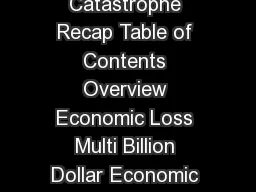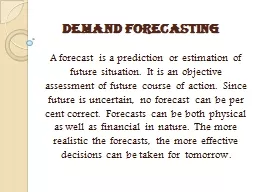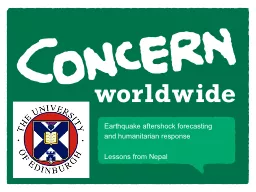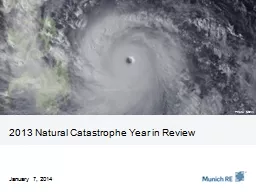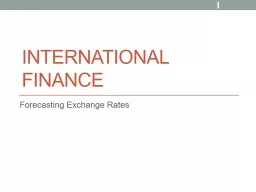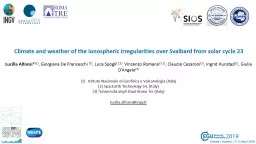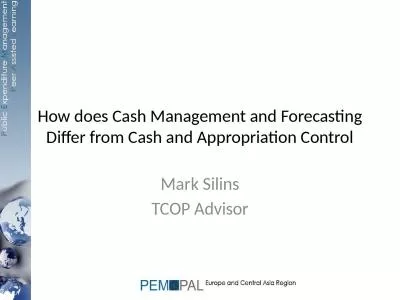PDF-H Global Catastrophe Recap Impact Forecasting H Global Catastrophe Recap Table of Contents
Author : mitsue-stanley | Published Date : 2014-12-12
Each total is considered preliminary and subject to change The severe thunderstorm peril was the costliest disaster type during 1H 2014 comprising 32 of the economic
Presentation Embed Code
Download Presentation
Download Presentation The PPT/PDF document "H Global Catastrophe Recap Impact Fore..." is the property of its rightful owner. Permission is granted to download and print the materials on this website for personal, non-commercial use only, and to display it on your personal computer provided you do not modify the materials and that you retain all copyright notices contained in the materials. By downloading content from our website, you accept the terms of this agreement.
H Global Catastrophe Recap Impact Forecasting H Global Catastrophe Recap Table of Contents: Transcript
Download Rules Of Document
"H Global Catastrophe Recap Impact Forecasting H Global Catastrophe Recap Table of Contents"The content belongs to its owner. You may download and print it for personal use, without modification, and keep all copyright notices. By downloading, you agree to these terms.
Related Documents

